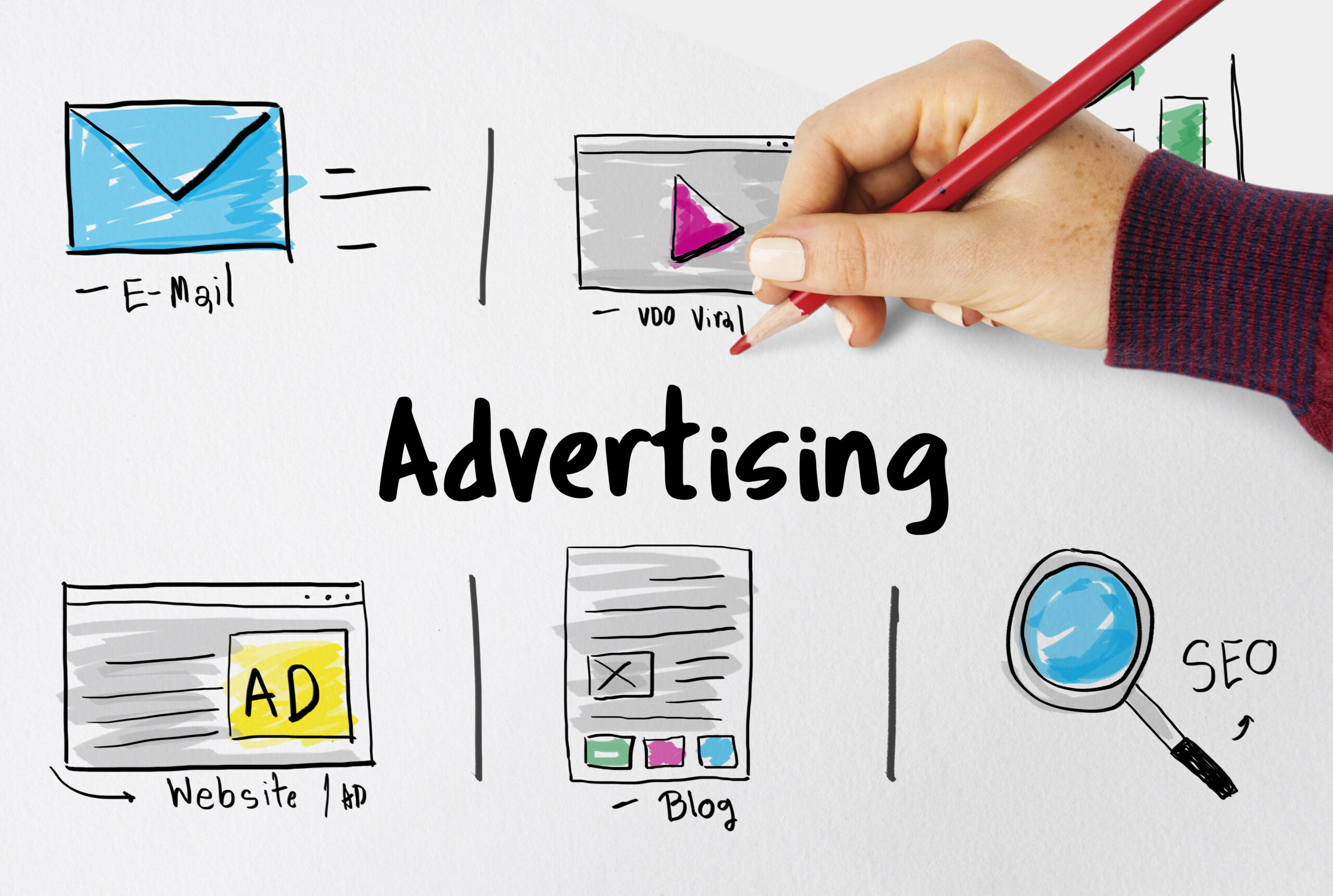Attribution & Incrementality – What are they and How do I start?
2008, the greatest year for any millennial, Boston sports fan – the Boston Celtics won the NBA Championship after a 22-year drought. It was a long time coming. It took a TEAM.
Now, imagine if 100% of the credit was given to then team captain, and fearless leader, Paul Pierce. What if no one else was ever mentioned as being part of that, 2008, team? What if, Pierce was the only one who had received a championship ring?
That would never happen!
It took an entire team, an organization that invested and believed, it took coaches, and janitors, fans, and service providers – one man didn’t do all the work. Credit was given, where credit was due…. across the board.
Basketball not your thing? Ok, imagine spending millions of dollars on advertising – full mix, TV, Radio, Online, OOH, you name it – but 100% of campaign success credit goes to the coupons that were given out at the register, since the coupon was the action that occurred right before the customer converted.
This is the equivalent of the common – last-touch attribution model – where 100% of the credit goes to the channel or tactic that drove the conversion.
That’s why measuring the Incrementality of all advertising and marketing channels is so important. Just because your paid search program is driving the most conversions, doesn’t mean that you should stop investing in all of the other channels and put all of your budget into paid search. Yes, paid search performs well. Yes, paid search is highly cost efficient. But what’s driving people to search? Why is it that the search ads gets them every time?
Google and Facebook dominate the last-touch attribution model. Their algorithms have mastered the art of knowing when to show an ad to a prospect based on how many average touch points that individual typically needs in order to convert. When it’s all said and done, you just care about the conversion and that it happened – however, how the customer got there is equally as important and taking the time to understand that journey as well as all of the players that assisted in the conversion process will help you create the marketing mix that works for your brand.
By eliminating last-touch attribution and allowing machine learning attribution to take over, you’ll be able to use historical data to create rules for assigning credit to each touch point. Value is determined based on each channel or tactic’s performance throughout multiple scenarios. For example: Instead of paid search receiving 100% of the conversion credit, all channels will get a percent that adds up to 100%, per conversion – banner ads (50%), first site visit (10%), TV ad (15%), paid search ad (20%), final site visit (5%).
The biggest challenge is that you must have historical data in order for this to work or the ability to spend significantly in paid advertising in order to obtain data that is statistically significant for machine learning attribution to work. You will need to spend a portion of your marketing dollars building your foundation – you’ll need a strong MarTech Stack behind the scenes so that we can start organizing your own first party data and leveraging it for advertising purposes.
By having the right technology in place, we will have the ability to predict customer lifetime value and understand the path to conversion to identify the channels and tactics that drive higher ROAS. The key is to leverage what we learn to pace budgets accordingly and optimize to drive growth. We’ll be able to run lift tests which will inform incrementality per channel or tactic. We’ll do this by targeting known users against hold out groups (those who do not see retargeting ads) and collecting frequency distribution data points (by placing a JavaScript tag on the creative) to understand which channels are driving the highest incrementality and which customers yield profit over time. We’ll have visibility into the most common path to conversion and we’ll be able to provide customer segmentation recommendations for personalization purposes.
Our goal is to make every dollar invested into marketing and advertising count and to set you up for long term growth.
